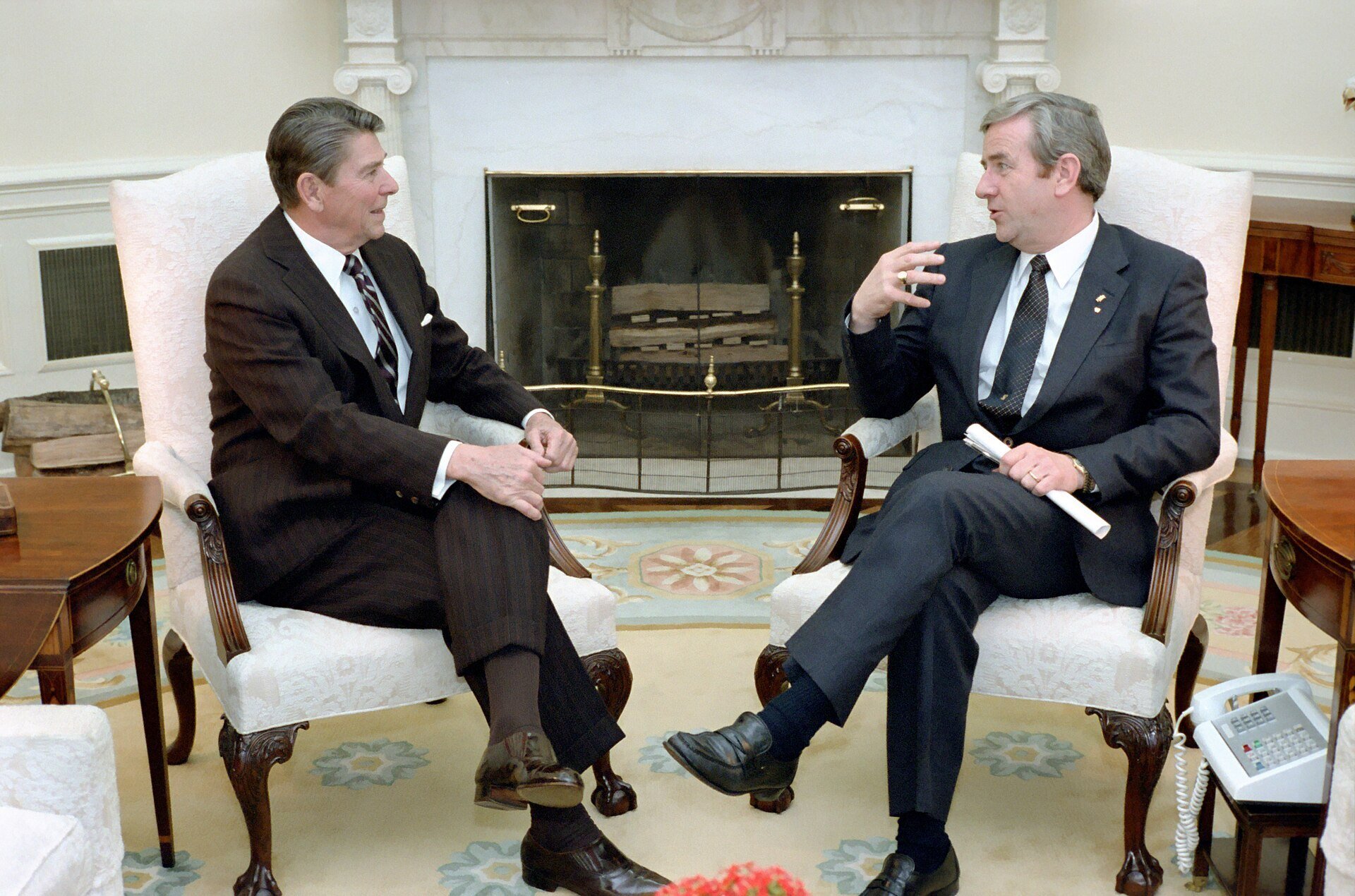When conservative evangelicals launched the Christian Right in the late 1970s, were they acting to protect the unborn by rescinding Roe v. Wade? Or were they motivated instead by a self-interested desire to protect their own racially segregated Christian schools from federal civil rights policy?
Login to read more
Sign in or create a free account to access Subscriber-only content.
